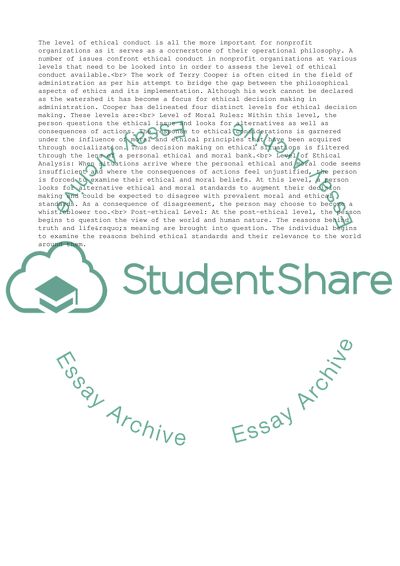Cite this document
(Ethical Concerns Research Paper Example | Topics and Well Written Essays - 4000 words, n.d.)
Ethical Concerns Research Paper Example | Topics and Well Written Essays - 4000 words. Retrieved from https://studentshare.org/management/1758498-ethical-concerns
Ethical Concerns Research Paper Example | Topics and Well Written Essays - 4000 words. Retrieved from https://studentshare.org/management/1758498-ethical-concerns
(Ethical Concerns Research Paper Example | Topics and Well Written Essays - 4000 Words)
Ethical Concerns Research Paper Example | Topics and Well Written Essays - 4000 Words. https://studentshare.org/management/1758498-ethical-concerns.
Ethical Concerns Research Paper Example | Topics and Well Written Essays - 4000 Words. https://studentshare.org/management/1758498-ethical-concerns.
“Ethical Concerns Research Paper Example | Topics and Well Written Essays - 4000 Words”, n.d. https://studentshare.org/management/1758498-ethical-concerns.


